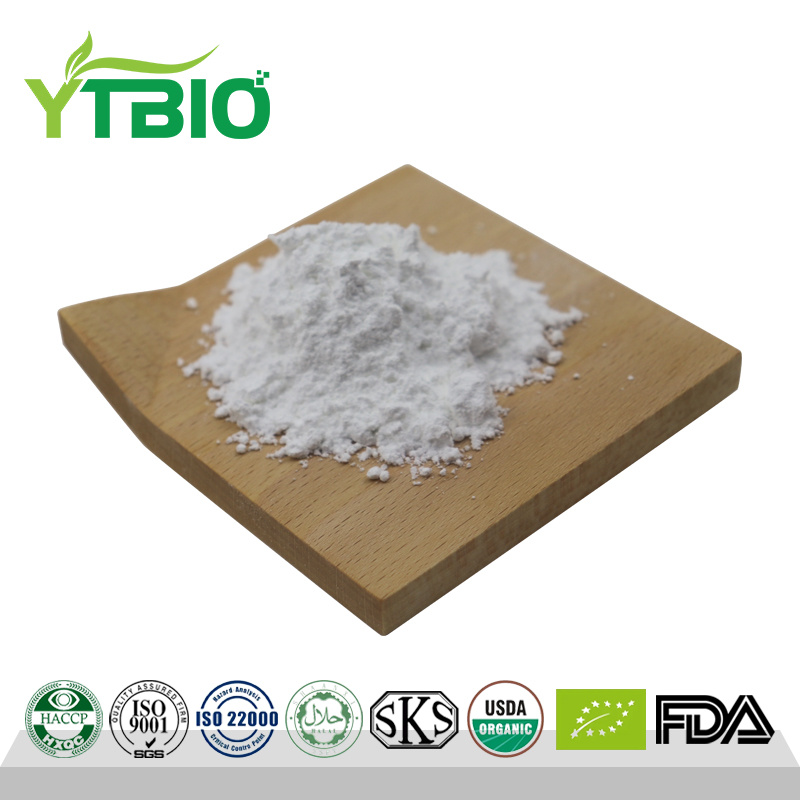Playing sports and staying active is one of the best ways to improve your physical and mental health. But with every jump, sprint, swing, or lift, there’s always a chance something might go wrong. From minor sprains to serious fractures, sports injuries can affect anyone, not just professional athletes, but anyone who enjoys an active lifestyle.
That’s where sports medicine steps in. It’s a branch of healthcare that focuses on preventing, diagnosing, and treating injuries related to physical activity. Whether you’re a weekend jogger or a competitive player, knowing how to handle sports injuries is key to staying in the game. In this post, we’ll explore the most common types of sports injuries, what causes them, how to treat them, and how to speed up your recovery.
Table of Contents
Common Types of Sports Injuries
Sports injuries generally fall into two main categories: soft tissue injuries and acute injuries.
- Soft tissue injuries affect muscles, ligaments, and tendons. These include sprains, strains, and overuse injuries.
- Acute injuries happen suddenly — like fractures or dislocations — usually from a fall, collision, or sudden twist.
Understanding which type of injury you’re dealing with can help you choose the best treatment and avoid long-term issues.
Sprains and Strains
- Sprains occur when ligaments (the bands that connect bones) are stretched or torn. A common example is an ankle sprain, which might happen if you land awkwardly after a jump.
- Strains are injuries to muscles or tendons. These are often caused by overstretching or overuse. Common areas for strains include the lower back, hamstrings, and shoulders.
Signs and symptoms:
- Swelling
- Pain
- Bruising
- Limited range of motion
Treatment: Most sprains and strains improve with first aid using the PRICE method: Protection, Rest, Ice, Compression, and Elevation.
Fractures and Dislocations
- A fracture is a broken or cracked bone, often caused by trauma like falling or impact during a game.
- A dislocation happens when a bone slips out of its joint — common in shoulders, knees, and fingers.
Signs and symptoms:
- Intense pain
- Swelling
- Deformity or misalignment
- Inability to move the joint
Treatment: Immediate medical attention is needed. Diagnosis may involve X-rays or MRIs. Depending on the injury, treatment may include a cast, brace, or sometimes surgery.
Causes and Risk Factors
Injuries in sports can stem from multiple causes. Knowing what puts you at risk can help you take steps to avoid getting hurt.
Overuse and Repetitive Motion
Repeating the same movements over time can strain muscles and tendons. Common overuse injuries include:
- Tennis elbow
- Runner’s knee
- Achilles tendinitis
These injuries build up gradually and can become serious if not addressed early. Rest and stretching are essential to prevent them.
Poor Technique and Inadequate Equipment
Bad form and incorrect use of gear can increase stress on your body. Some things to keep in mind:
- Use sport-specific shoes and protective gear.
- Train with proper posture and technique.
- Ensure all equipment is in good condition and fits you well.
Wearing the wrong shoes or lifting weights with bad form are simple mistakes that can lead to big problems.
Recognizing the Signs of a Sports Injury
The earlier you spot the signs of injury, the better chance you have at healing quickly.
Common symptoms include:
- Pain: Especially sharp or persistent pain in a muscle or joint.
- Swelling: A natural response as the body sends fluids to the injured area.
- Bruising: Blood pooling under the skin from damaged vessels.
- Loss of movement: If you can’t move the injured area like before, that’s a red flag.
If symptoms don’t improve after a few days of rest and care, it’s time to see a healthcare provider.
Treatment Options for Sports Injuries
Getting better after an injury takes the right steps — and some patience. Whether your injury is mild or severe, following the correct treatment path is essential.
Immediate First Aid: The PRICE Method
Right after an injury, act quickly:
- Protection: Use braces, splints, or slings.
- Rest: Don’t use the injured area until advised.
- Ice: Apply for 15–20 minutes every 2–3 hours.
- Compression: Use bandages to control swelling.
- Elevation: Raise the injured area above your heart.
Over-the-counter pain relief, like paracetamol or anti-inflammatories, can also help manage discomfort.
Rehabilitation and Physiotherapy
After the initial pain and swelling go down, the next step is rehabilitation. Physiotherapists guide you through:
- Range-of-motion exercises
- Strength training
- Massage and manual therapy
These sessions are tailored to your injury and help restore your body’s function. A good rehab program also reduces the chance of re-injury.
Preventing Future Sports Injuries
You can’t prevent every injury, but you can reduce your risk. Here’s how:
- Warm up and cool down before and after exercise.
- Stretch regularly to keep muscles and tendons flexible.
- Use proper technique whether you’re running, lifting, or swinging.
- Wear the right gear, especially footwear and support items.
- Don’t push through pain — listen to your body.
Consistency with these habits builds a strong foundation for long-term health and performance.
Frequently Asked Questions
What should I do immediately after a sports injury?
Use the PRICE method right away: protect the area, rest, ice it, wrap it with a compression bandage, and elevate it. These steps help reduce swelling and pain until you can see a specialist.
When should I see a doctor?
If you can’t put weight on the injured area, notice swelling that won’t go down, or suspect a dislocation or fracture, see a doctor immediately.
How long does recovery take?
It depends on the injury. A mild strain might heal in a week or two. A fracture could take months and require physiotherapy. Follow your treatment plan and don’t rush the healing process.
Can I return to sports after an injury?
Yes, but only when your doctor or physiotherapist clears you. Returning too soon can make things worse. Build up your activity level slowly and focus on proper form.
How can I avoid getting hurt again?
Preventive care is key. Warm up, stretch, use the right equipment, and never skip rest days. Get guidance from coaches or physical therapists if you’re unsure about your technique.
Key Takeaways
- Sports injuries like sprains, strains, fractures, and dislocations are common — but treatable.
- Overuse, poor form, and bad equipment are major causes of injuries.
- Early recognition and proper treatment help prevent long-term issues.
- The PRICE method is an effective first step in managing injuries.
- Rehab and physiotherapy are crucial for complete recovery.
- Prevention starts with proper preparation, technique, and listening to your body.
Conclusion
Injuries are a part of the game, but with the right knowledge and care, they don’t have to sideline you for long. Whether you’re trying to heal from a sprain or looking to stay injury-free, understanding sports injury treatment puts you in control of your recovery and your performance.
If you’re dealing with a sports injury or want to know how to stay safe during physical activity, book a free consultation with a sports medicine expert today. Your body will thank you.






